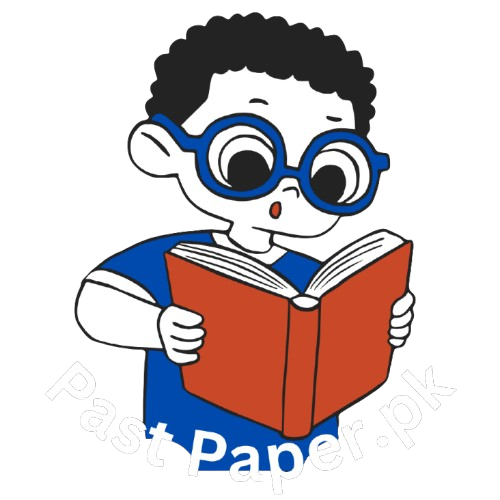CSS International Relations Past Paper 2019
PAPER-I (Subjective) 80 Marks
Attempt ONLY FOUR questions from PART-II. (20×4)
PART-II
Q. No. 2. Discuss the significant features of the “Treaty of Westphalia” and the development of the modern nation-state system.
Q. No. 3. Discuss the concept of “Idealism”. Explain its core perceptions and define its agenda of peace for the stability of the world.
Q. No. 4. Discuss the concept of Security in the post-Cold War era. Explain its changing dimensions and define its strengths and weaknesses for the nation-states.
Q. No. 5. Discuss the concept of “Hybrid and Social Media” as a means of modern psychological warfare. Explain its characteristics and suggest measures to promote national security.
Q. No. 6. Critically discuss the idea of “Dependence and Interdependence”. Explain its advantages and disadvantages for the poor countries.
Q. No. 7. Discuss the development of the “Nuclear Non-Proliferation Treaty” (NPT). Define its main features and explain its status in the present world.
Q. No. 8. Pakistan is going to the International Monetary Fund (IMF) for its bailout package to resolve its financial problems through prudent management. Discuss Pakistan’s external debt problems and domestic liabilities to stabilize the country’s economic uncertainty.
PAPER-II (Subjective) 80 Marks
Attempt ONLY FOUR questionsfrom PART-II. (20×4)
PART-II
Q. No. 2. What were the foundational principles of Nazism using which Hitler rose to power in Germany?
Q. No. 3. The Cold War is considered one of the longest periods of peace in great powers’ history. What deterministic factors ensured relative peace in great powers’ relations during the Cold War?
Q. No. 4. World orders are established by great powers in order to serve their interests. What are the foundations of existing world order(s) and how do they serve the interests of great powers?
Q. No. 5. SAARC is facing an existential crisis. How do functionalists explain the failure of SAARC as a regional organisation?
Q. No. 6. How do rational theories of foreign policy explain state decision-making? Discuss the tenets of the theory in light of the decision made by Pakistan in response to Saudi Arabia’s request to send troops during the Yemen crisis in 2015.
Q. No. 7. What benefits might India have gained by joining the Missile Technology Control Regime (MTCR)? Highlight the possible impacts it may have upon strategic stability in South Asia.
Q. No. 8. What are the major policy prescriptions of structural adjustment and stabilisation of the World Bank and IMF vis-à-vis Pakistan?
